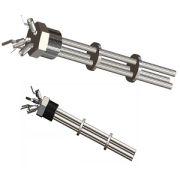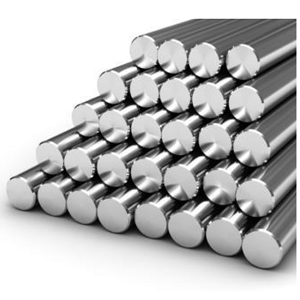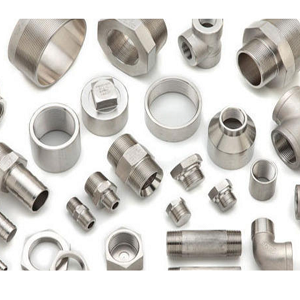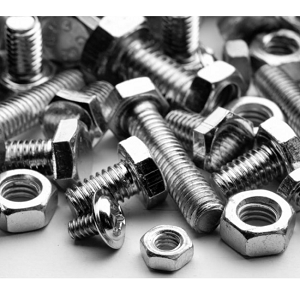Types
Fixed / Non-Retractable Injection Quill (1 Port, 2 Ports, 3 Ports, 4 Ports)
Retractable Injection Quill
Sampling Quill
Injection Quill
Injection quills are designed to ensure a uniform and rapid dispersal of injection chemicals into the center stream of a process pipeline. This prevents corrosive liquids from clinging to the side of the pipe.
Injection quills are available in a variety of materials and pressure ranges. Pressure and temperature are dependent on the material of construction and vary from l 50 to l 0000 psi and l 00 °F (3 7 °C) and 500 °F (260 °C). Fixed or retractable quills that have an isolation and / or a bleed valve incorporated in the design will facilitate the safe discharge of trapped or excess chemical to a drain or safe disposal area or container.
The distinction between the two types is whether the quill can be inserted and retracted while the process pipe is pressurized. Non-retractable quills are like other various pipefittings in that the system needs to be depressurized in order for the quill to be inserted or removed.
Retractable injection quills are the more complex of the two types. Their design allows the solution tube to be inserted and retracted without having to fully depressurize the process main. Understanding their operation and their role in the overall metering system goes a long way to ensure a trouble free chemical feed application.
Treatment chemicals present a variety of risks and hazards. It is the job of the entire metering system to mitigate these risks while simultaneously delivering the proper amount of chemical to where it is needed. Injection quills are central to this. The right quill will efficiently deliver chemical while protecting operators and equipment.
Quills dose the chemical into the interior section of the flow, keeping the chemical away from the sidewall and fittings.
This helps to prevent damage and has the added benefit of introducing the chemical into the higher velocity interior section of the flow. This allows the chemical feed to make the best use of existing flow dynamics to improve chemical.
Sampling Quill
Typically, the need would be to allow a small process sample to be removed for evaluation under full system pressure.
Usually this is achieved by opening and closing of the primary isolation valve thus trapping a sample of the process fluid between the primary and secondary isolation valves. Using the Vent valve, this sample can then be safely vented off at reduced pressure.
Alternatively, if larger samples are required then this can be achieved by use of the primary and secondary isolation valves with an optional Non Return Check Valve being fitted to prevent back flow into the process stream.
Below listed are the related files that can be downloaded to you PC. All the files are in PDF format.








